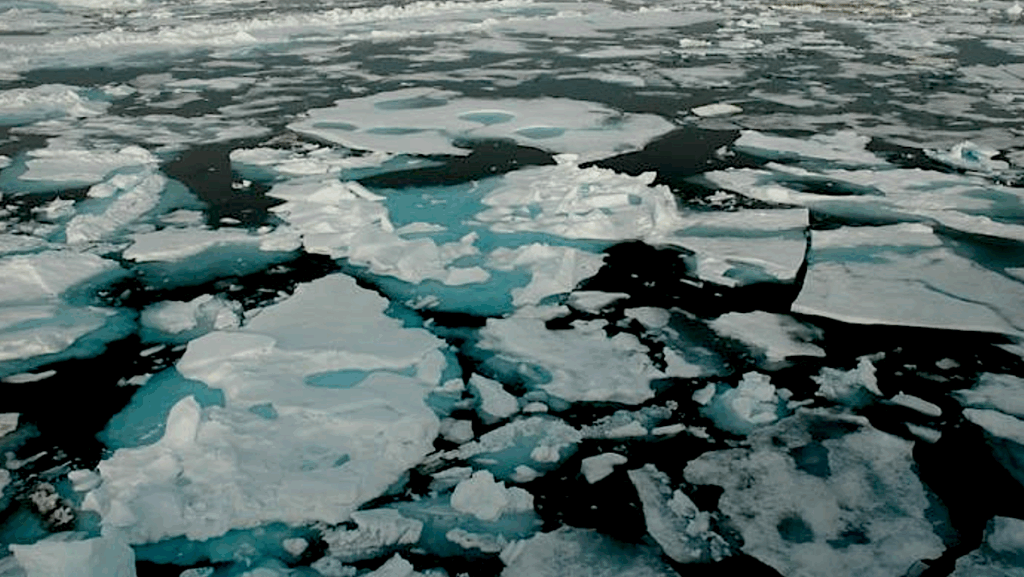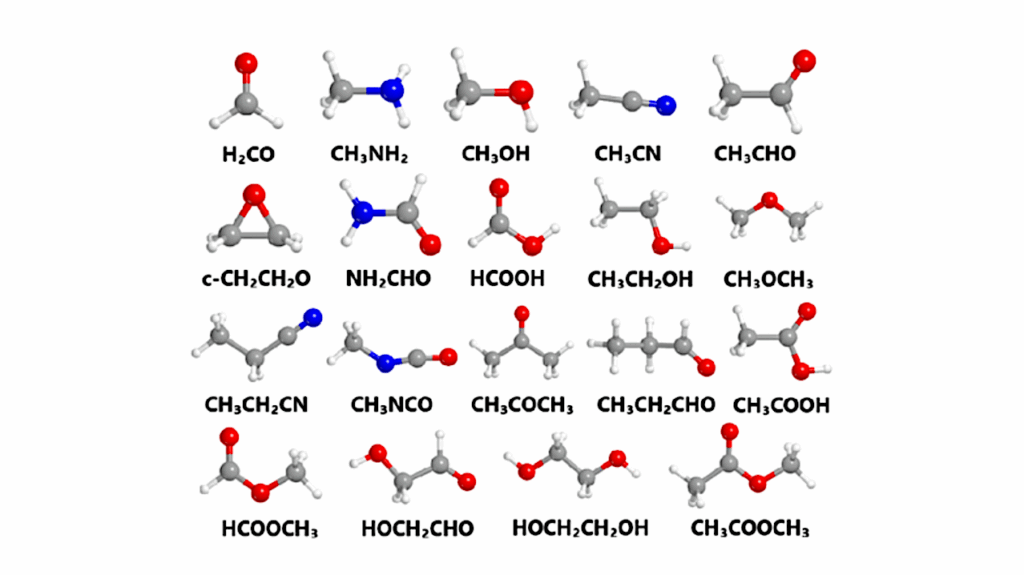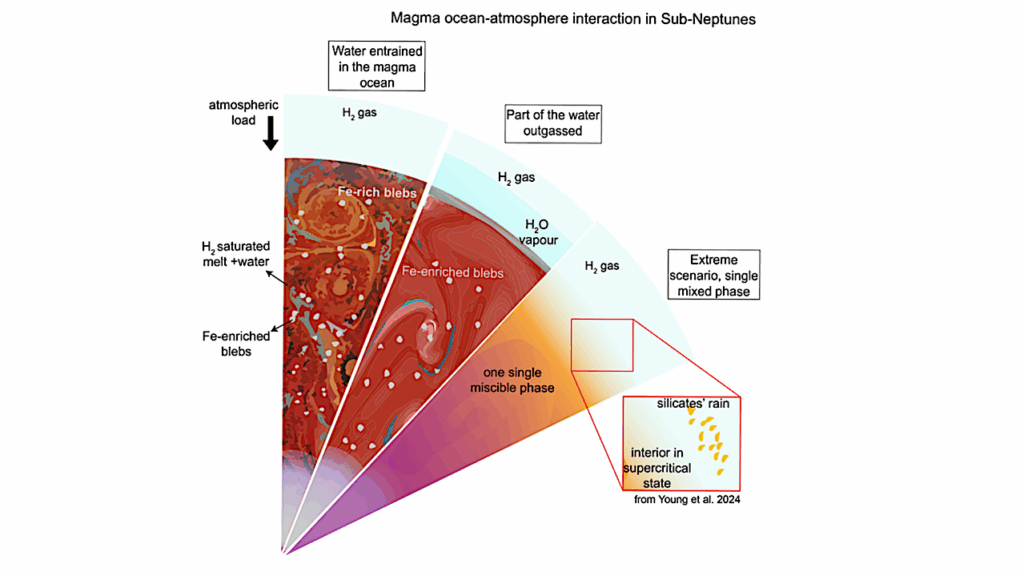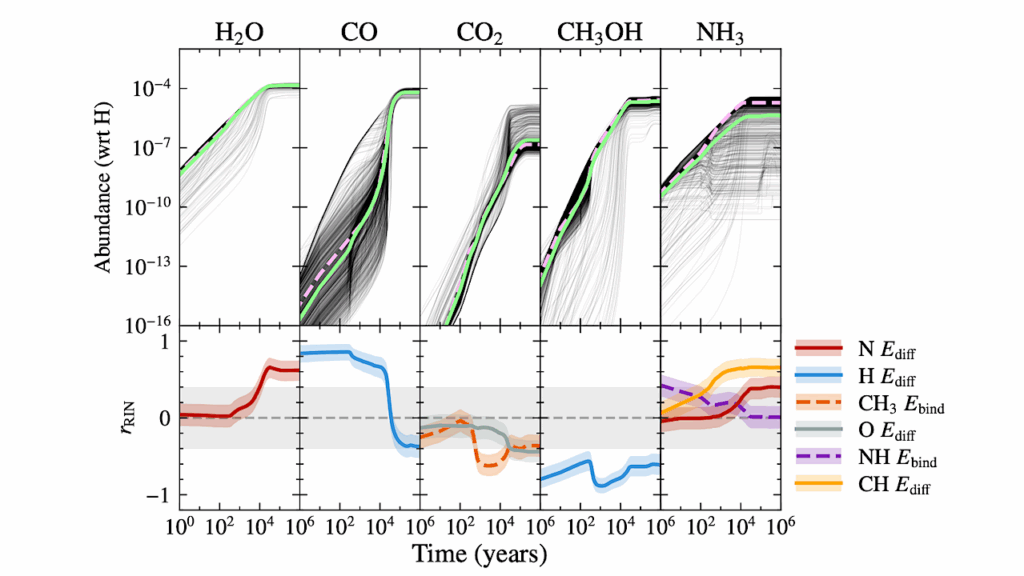Dust Recycling and Icy Volatile Delivery (DRIVE): A Novel Method of Volatile Enrichment in Cold Giant Planets
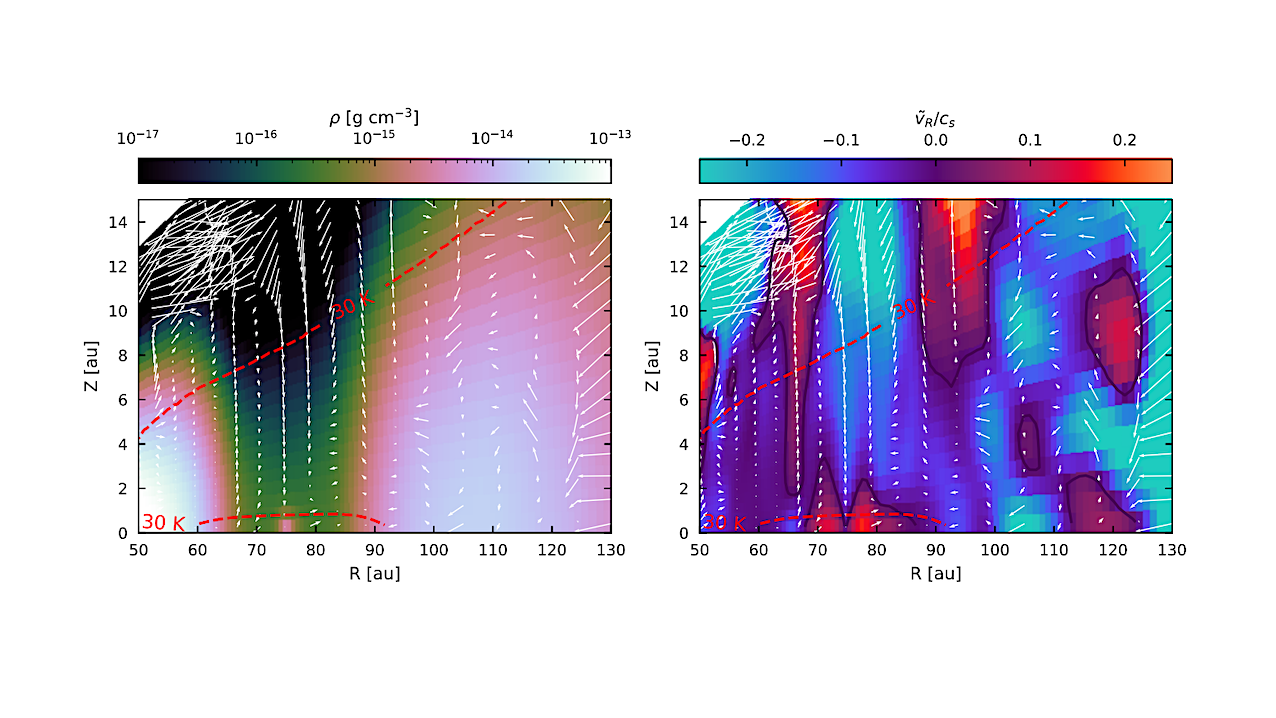
Giant planet atmospheres are thought to reflect the gas phase composition of the disk when and where they formed.
However, these atmospheres may also be polluted via solid accretion or ice sublimation in the disk. Here, we propose a novel mechanism for enriching the atmospheres of these giant planets with volatiles via pebble drift, fragmentation, and ice sublimation.
We use a combination of 3D hydrodynamic simulations, radiative transfer, and particle tracking to follow the trajectories and resulting temperatures of solids in a disk containing an embedded planet forming outside the CO snowline.
We show that small dust can become entrained in the meridional flows created by the giant planet and advected above the disk midplane where temperatures are well above the sublimation temperature of CO. This transport of small grains occurs over 10 kyr timescales, with individual micron-sized grains cycling between the midplane and surface of the disk multiple times throughout the planetary accretion stage.
We find that this stirring of dust results in sublimation of CO gas above the snow surface in the dust trap created exterior to the giant planet, leading to super-solar CO abundances in the pressure bump.
This mechanism of Dust Recycling and Icy Volatile Enrichment in cold giant planets, which we call the DRIVE effect, may explain enhanced metallicities of both wide separation exoplanets as well as Jupiter in our own Solar System.
Eric R. Van Clepper, Felipe Alarcón, Edwin Bergin, Fred J. Ciesla
Comments: 15 pages, 6 figures, accepted for publication in ApJL
Subjects: Earth and Planetary Astrophysics (astro-ph.EP)
Cite as: arXiv:2511.07590 [astro-ph.EP] (or arXiv:2511.07590v1 [astro-ph.EP] for this version)
https://doi.org/10.48550/arXiv.2511.07590
Focus to learn more
Submission history
From: Eric Van Clepper
[v1] Mon, 10 Nov 2025 20:03:24 UTC (1,286 KB)
https://arxiv.org/abs/2511.07590
Astrobiology, Astrogeology, astrochemistry,


